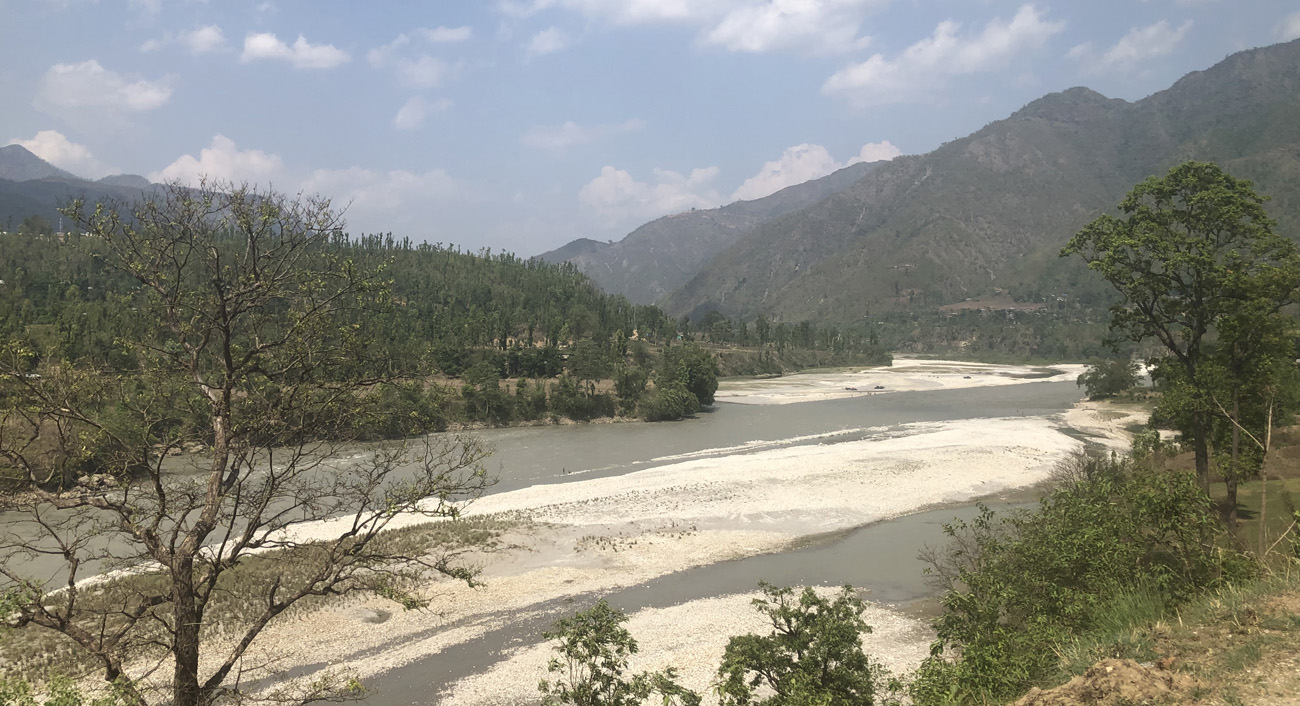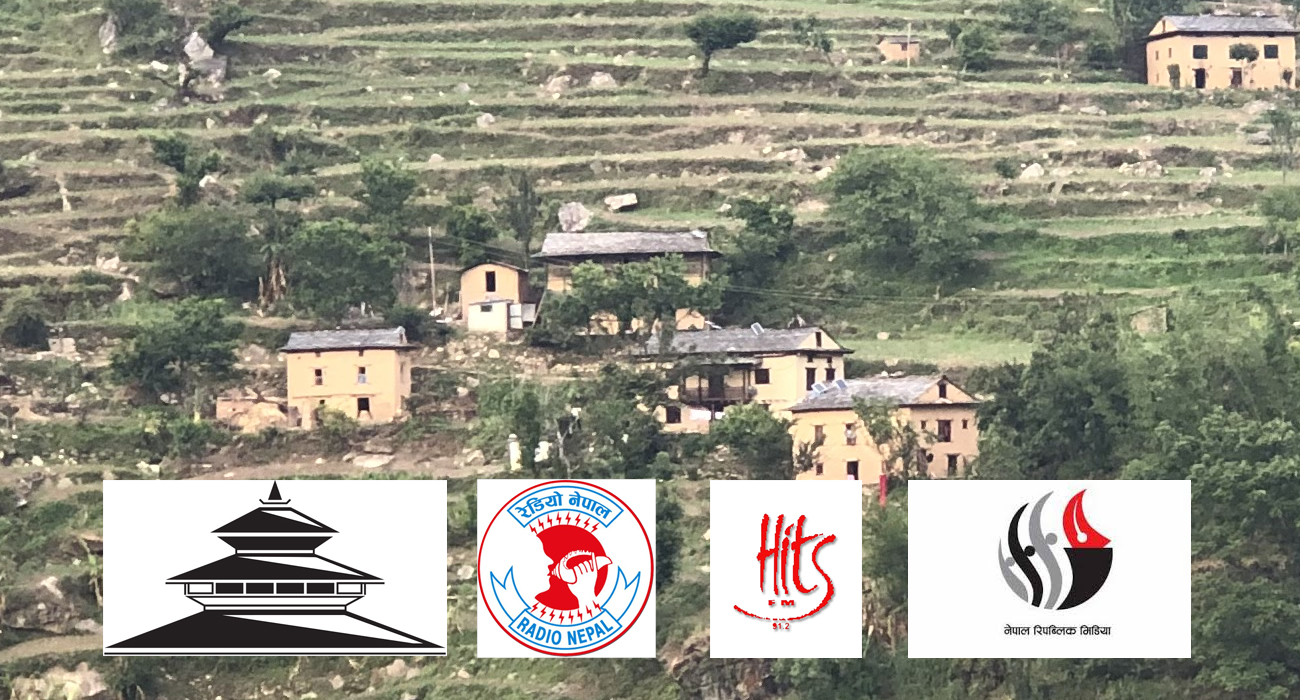Projects
Air Pollution

Air Quality and Environmental Impact Assessment of Industrial Activities in Kathmandu Valley
Air pollution has become a serious environmental concern and a public health risk in Kathmandu Valley. Studies show that the concentration of particulate matter less than 10 microns (PM10) in the Valley’s ambient air is already several times higher than WHO safer limit and Kathmandu is one of the most polluted cities in Asia with regards to PM10 and PM2.5 level (WHO, 2014b; CAI-Asia, 2006). Kathmandu is facing a multitude of fine particle emissions from anthropogenic sources. These sources include various manufacturing industries in and around Kathmandu valley, vehicle emissions and garbage/agriculture burning. Therefore, the comprehensive feasibility study is needed to ensure the status of air quality in Kathmandu and its impact on surrounding environments. This research work is mainly focused on analyzing elemental composition of environmental samples such as airborne particulate matters, soils and crops using nuclear analytical technology (namely, X-Ray Fluorescence Spectrometry and Neutron Activation Analysis). This will help us to identify most important industrial emission with different chemical composition and percent of concentration which will be further analyzed for the investigation of its impact on people’s health and surrounding environment. Assessing the impact of industrial activities and the impact to the surrounding environment is a key factor in better understanding and monitoring environmental challenges especially due to increasing numbers of industrial activities in localized areas. This work is within the larger research activities of “Air Quality and Environmental Impact Assessment of Industrial Activities in South Asia”, with participating countries: Indonesia, Australia, New Zealand, Malaysia, Philippines, Srilanka, Bangladesh, Nepal, China, South Korea, Mongolia and Myanmar. This project is funded by RCARO, South Korea.


